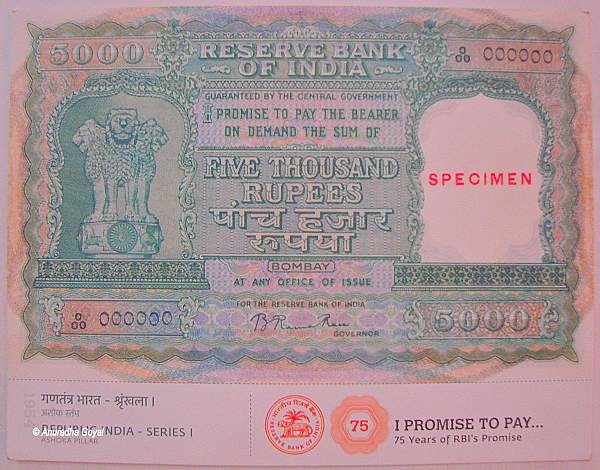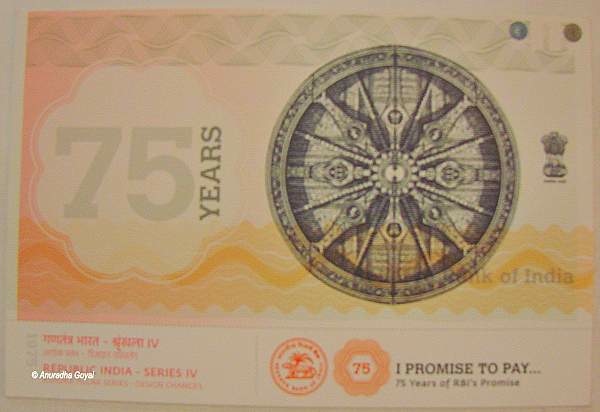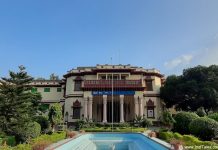RBI monetary museum in the Fort area in Mumbai is one of its kind museum in the country. It takes you through the history of coins, notes, and other currency forms throughout the history of India. Starting with various historical dynasties, princely states, and foreign empires till Independent India. It also introduces you to RBI, its purpose and objectives, its history, and its functions.

RBI Monetary Museum, Mumbai
Museum introduces its visitors to the evolution of the concept of money. Its initial avatars like barter system and cowries system. You can see a gold bar that is used as a financial instrument.
Coins
It tells you about coins through the ages. The technology used to make coins, the metals used, the punch marks, and the minting. Basically, whatever you can ask about coins is answered here. You can make out the affluence of a period by looking at the coins of its time. During the better economic times, the coins were of more precious metals and had good craftsmanship.

Paper Currency
The section on paper currency or notes is equally interesting. Paper notes are fairly recent, dating back only to the 18th century, compared to ages-old coins. They gained prominence only in the 19th century. You get to know about the initial banks that offered paper money. The initial notes were one-sided. It seems the bankers used to sign each note individually, a tradition that continues to date in a different form. You would smile when you see the simple old style huge notes.

Nuances of Currency
Another section of the museum introduces you to the nuances of the currency. Like how to identify which coin has been minted where, and how to figure out if the note is real or fake. There are small quizzes that you can play on the touch screen kiosks there and test your knowledge. The section on RBI is an eye-opener and tells you things that you probably never knew. The portraits of all the RBI governors show you the faces behind the familiar signatures on currency notes.

RBI Monetary Museum details
Like everything else in Mumbai, the museum is housed in a compact space. But the displays are neatly arranged with arrows on the floor guiding you on how to move around to cover everything. The lighting is appropriate which is not a norm. In a few places, there is sensor lighting i.e. the place lights up only when you are close to the display. You are not allowed to carry anything with you inside the museum which means you cannot take any photographs. You can get a sample of Rs 5000/- and Rs 10,000/- notes along with brochures on how to identify real and fake notes. There are small booklets that you can buy from the front desk and they tell you about various sections of the museum.
I wish they would make available the out-of-circulation coins and commemorative coins as well for the numismatics enthusiasts. I also wish there are more visitors to the museum, not many people seem to know about this informative place.
Their website is equally informative, explore it till you actually visit the museum.
Recommend you to read the following Travel Blog posts on Places to Visit in Mumbai.
Dr. Bhau Daji Lad Museum – Celebrating the City
Mani Bhavan – Mahatma Gandhi’s imprint














Wow…another interesting post. I heard of this museum for the first time! I guess you are right, not many people know about it. It would be definitely interesting to visit here
Yep Neha, it is one the unique museums I have seen. Visit it and tell me if they have made any news changes to accommodate bitcoins?
thanks